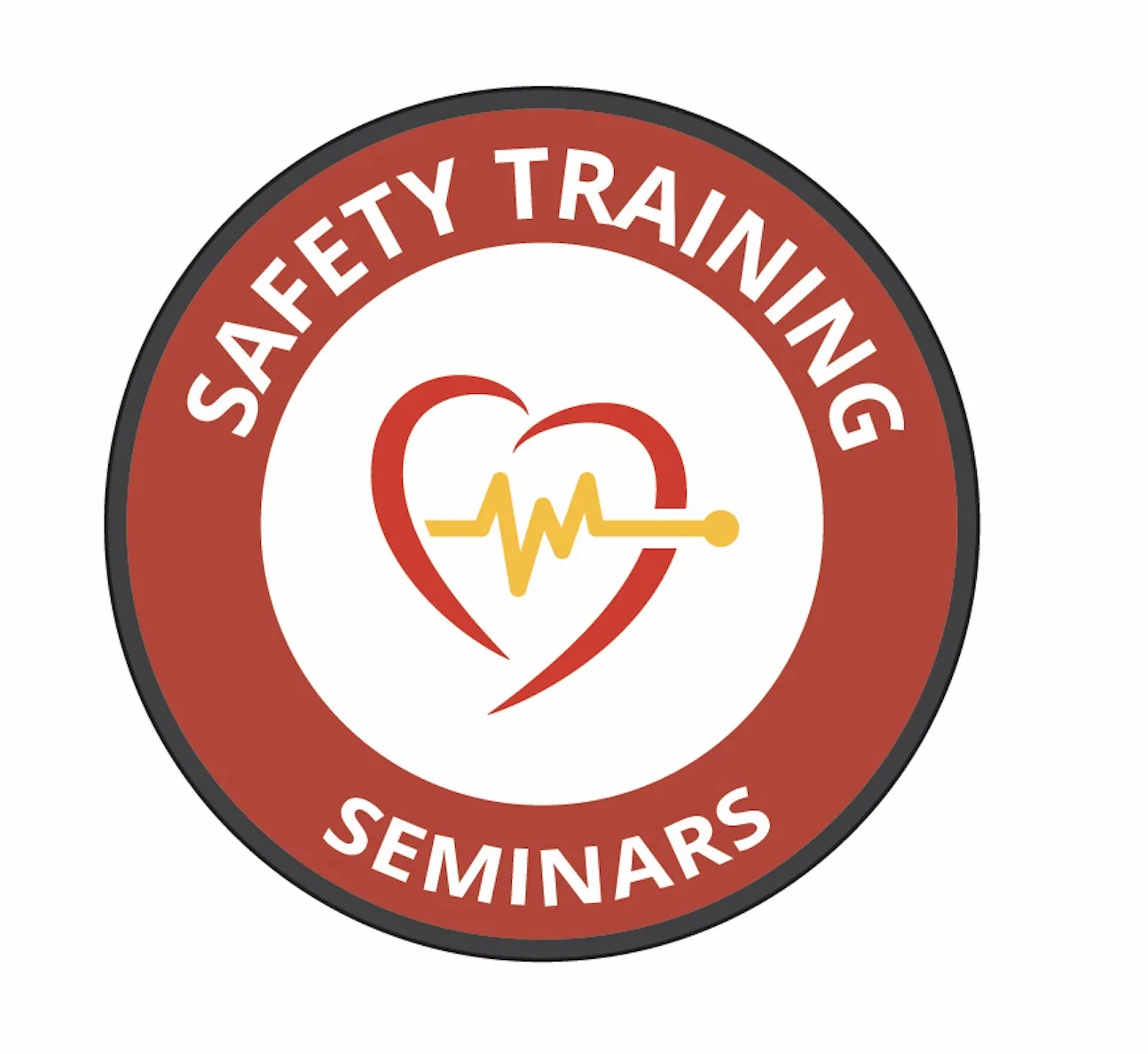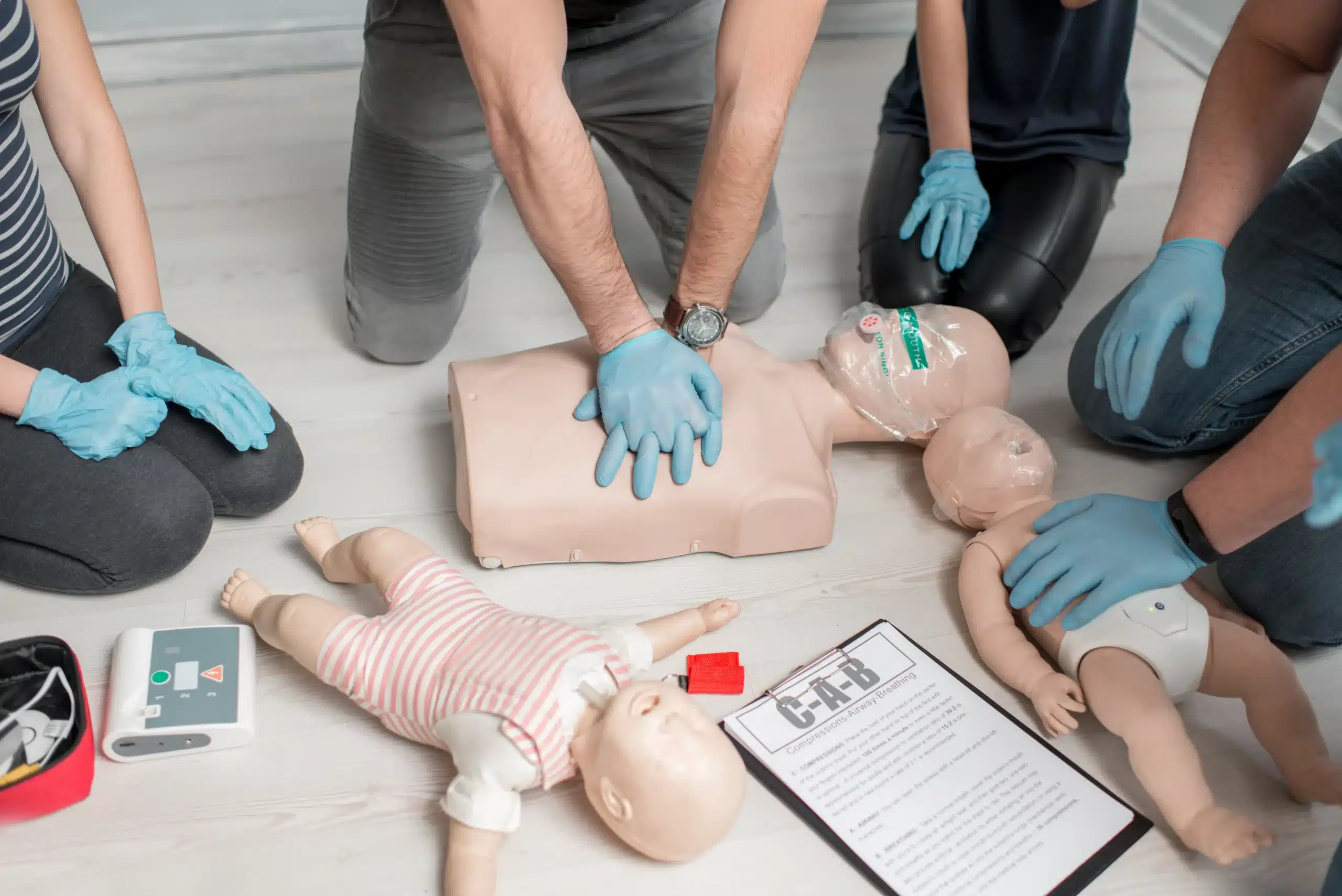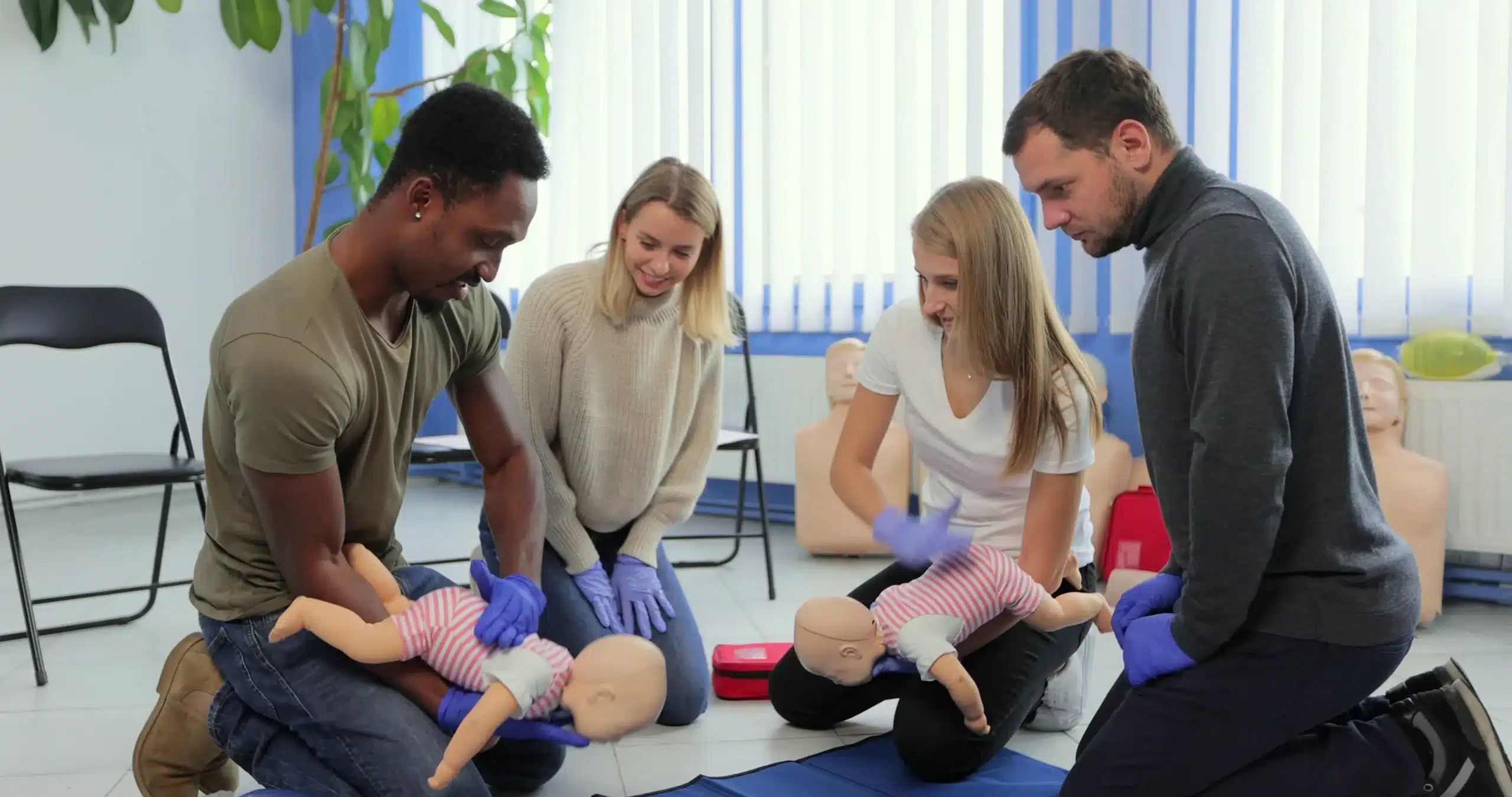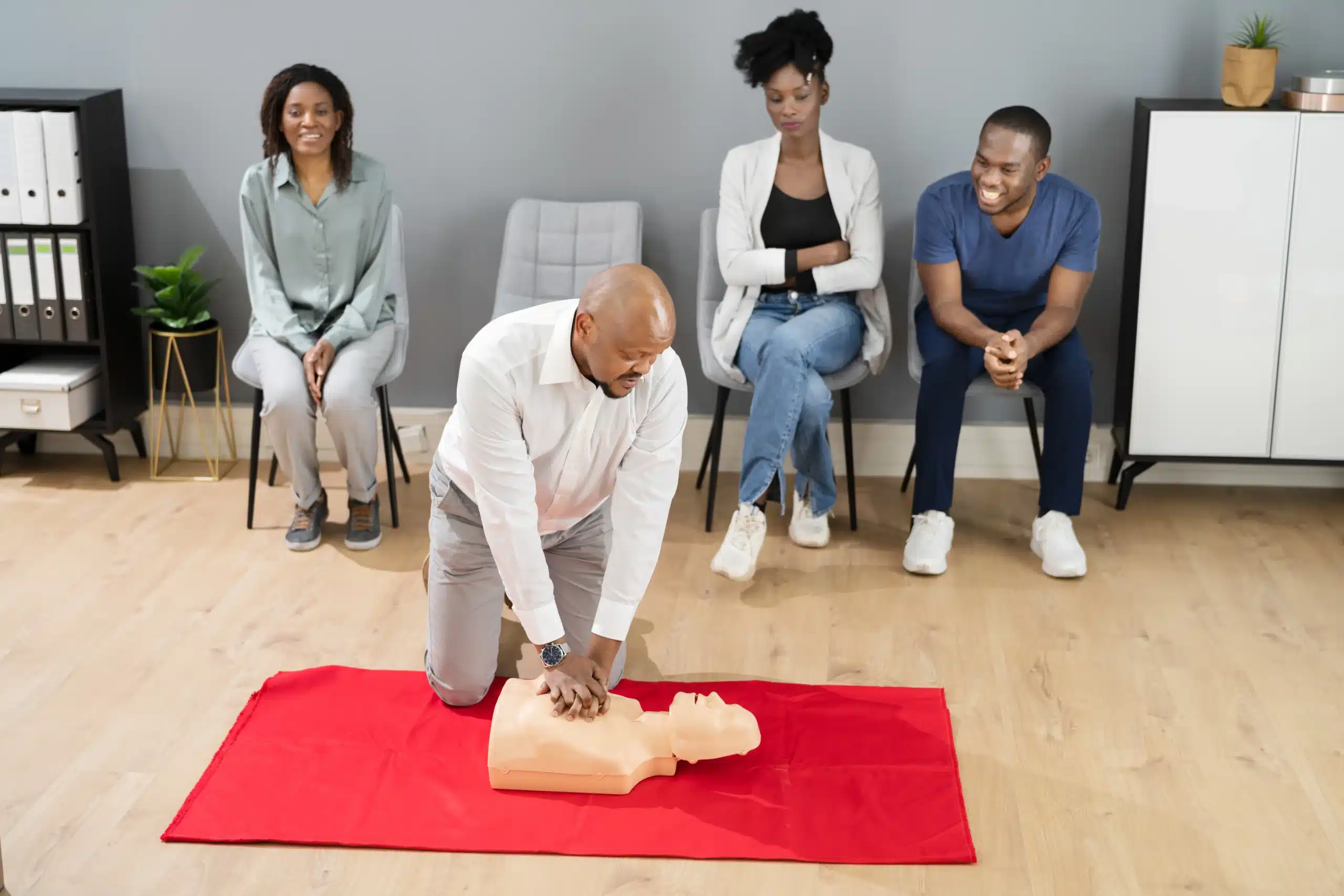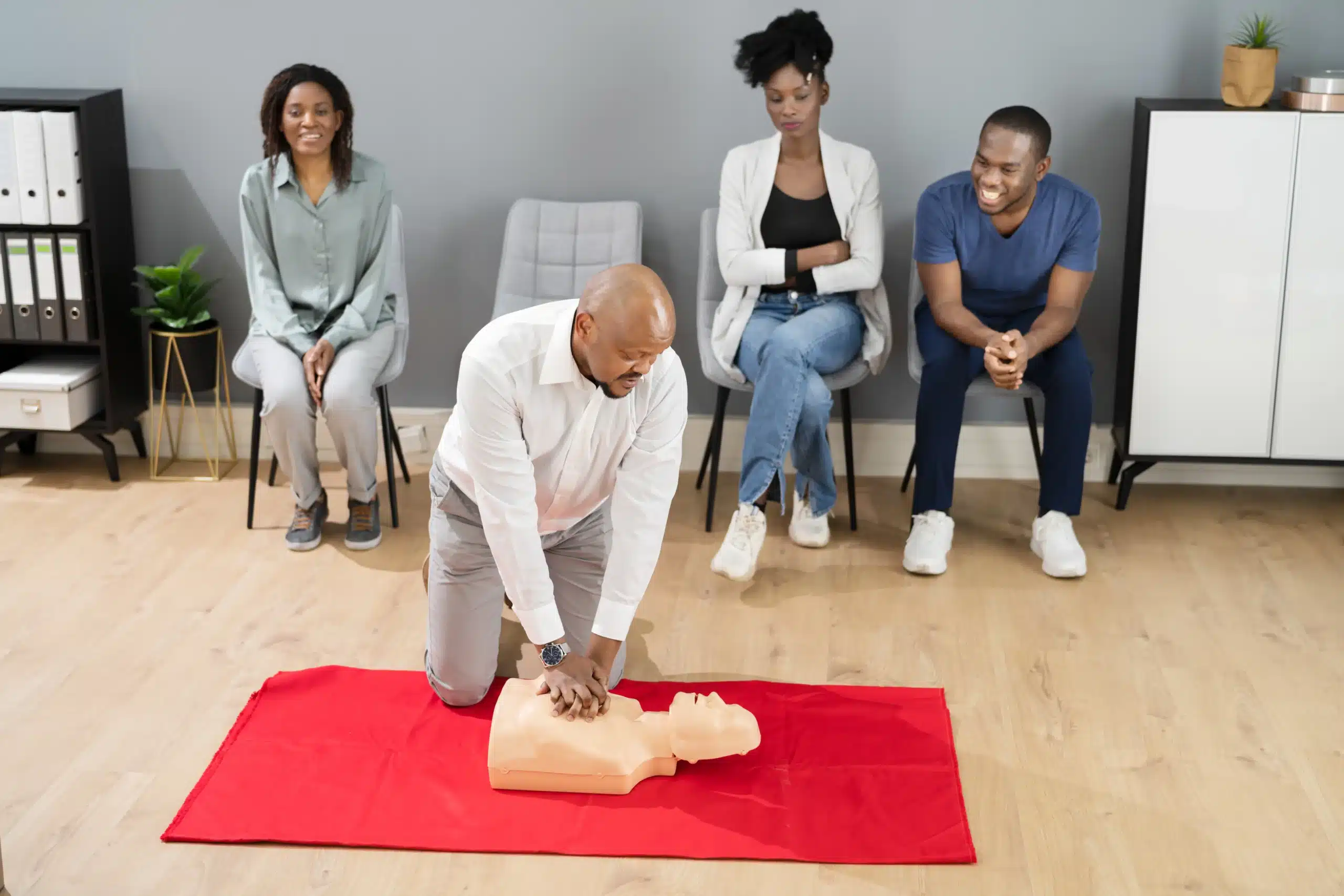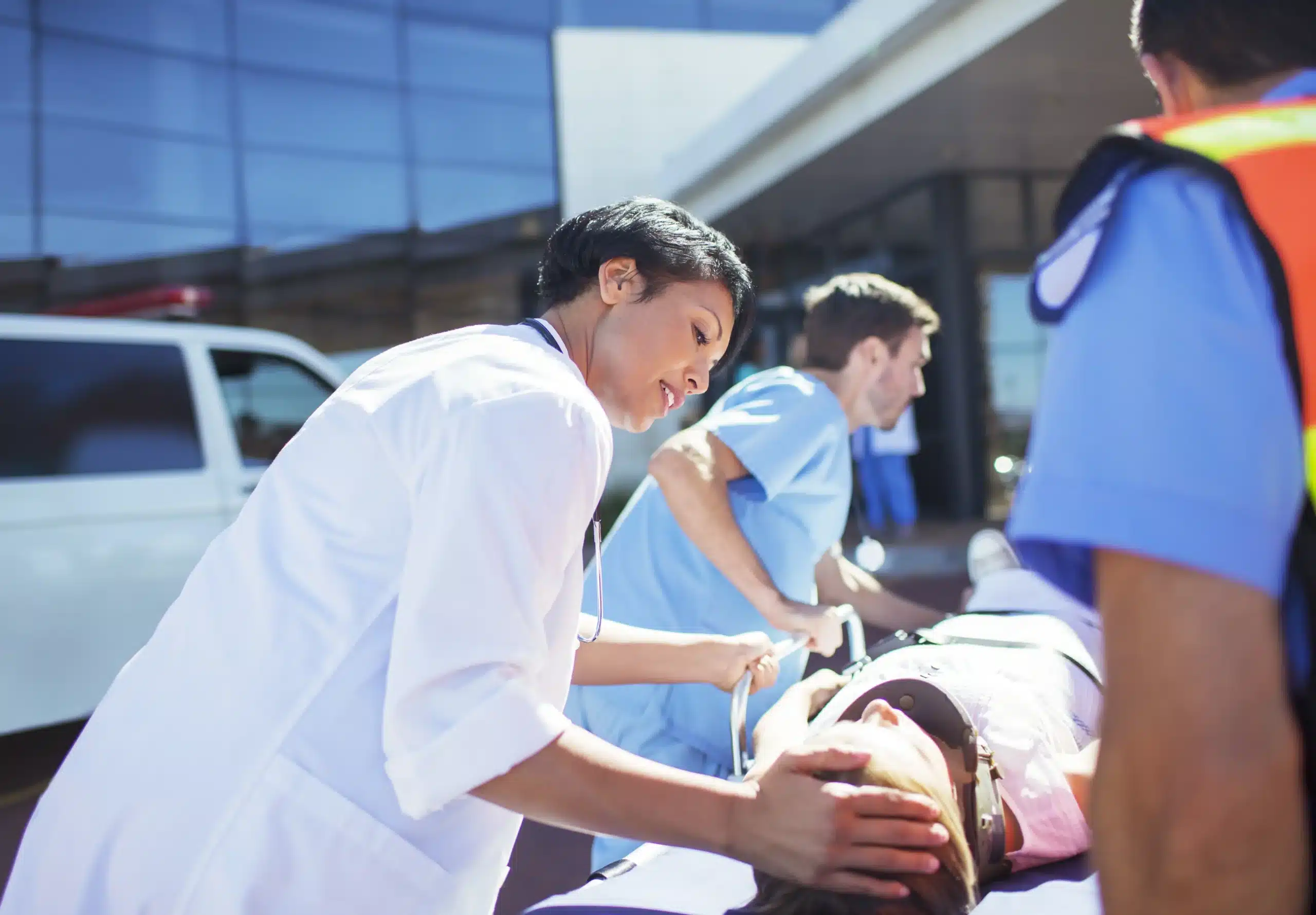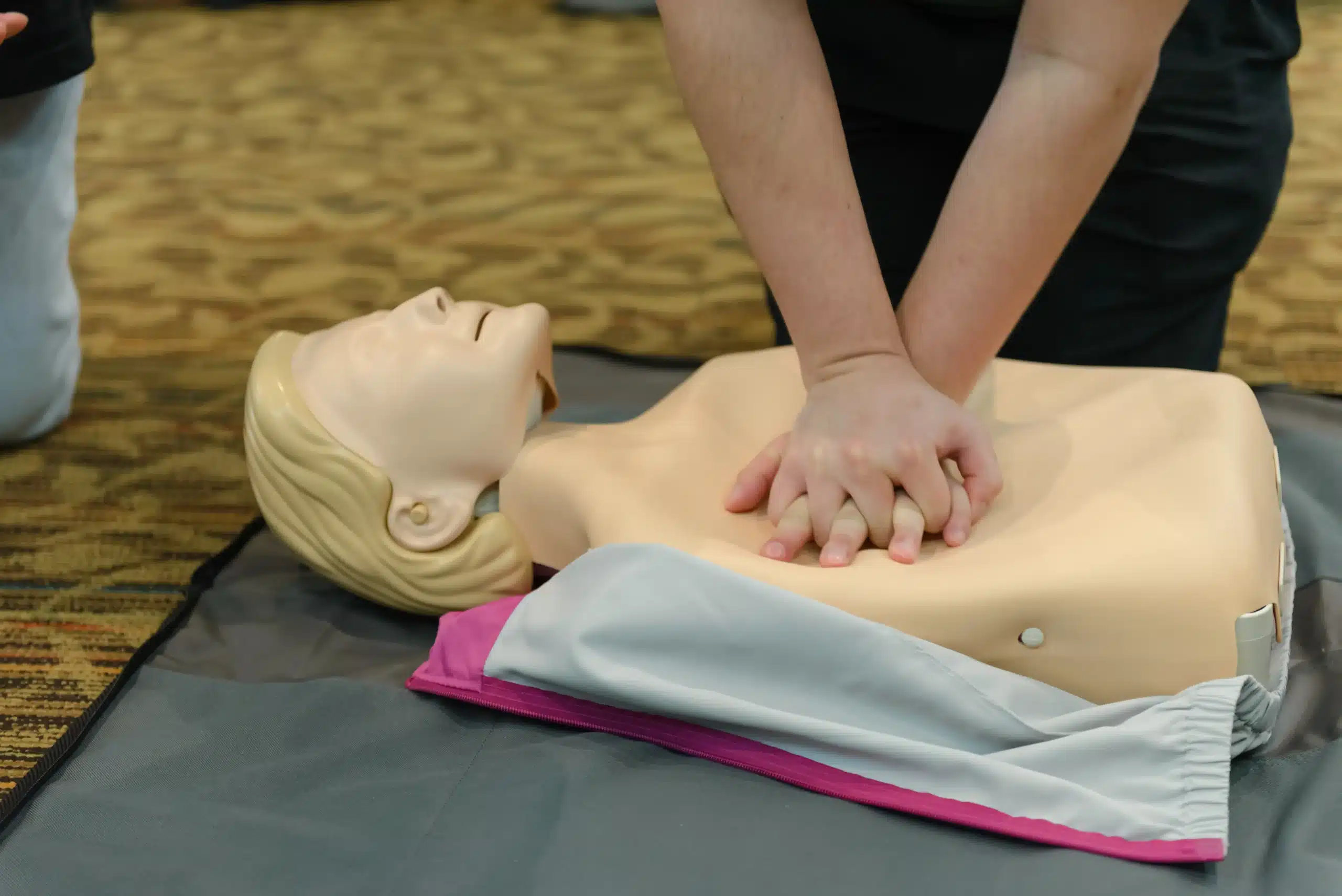In a city as vibrant and dynamic as San Francisco, being prepared for anything is essential. That includes knowing how to respond effectively in a medical emergency. This article serves as your comprehensive guide to basic life support (BLS) in San Francisco. We’ll explore what BLS is, why it’s important for various professions, and how you can get certified. We’ll also address common misconceptions about BLS training and delve into the practical applications of these life-saving skills, particularly for healthcare providers in the Bay Area. Whether you’re a medical professional, a concerned parent, or simply someone who wants to make a difference, understanding BLS is a powerful tool to have.
Key Takeaways
- BLS skills empower anyone to act in emergencies: From healthcare providers to teachers and parents, learning BLS equips you to confidently respond to medical crises and provide crucial aid until professional help arrives.
- Choose the right BLS training for your needs: Consider factors like cost, schedule, and learning format (in-person, online, or blended) when selecting a course. Prioritize AHA-certified training from reputable providers like Bay Area CPR for a recognized credential.
- Stay current with your BLS certification: Maintain your skills and knowledge by renewing your certification every two years. Regularly reviewing core concepts and practicing techniques ensures you’re always prepared to provide effective care.
What is Basic Life Support (BLS) in San Francisco?
What is BLS and Who Needs It?
Basic Life Support (BLS) certification equips individuals with the skills to respond to medical emergencies. It’s a crucial credential for healthcare providers, but its importance extends far beyond hospitals and clinics. BLS training empowers anyone to confidently provide aid during life-threatening situations, from cardiac arrest and choking to respiratory distress. While often associated with medical professionals like doctors and nurses, BLS certification is invaluable for a wide range of professions, including teachers, coaches, lifeguards, and childcare providers. Essentially, anyone who wants to be prepared to help in a crisis can benefit from BLS training. Knowing how to perform CPR and other BLS techniques can make a real difference in those critical moments before professional help arrives.
Common BLS Training Misconceptions
One common misconception is that BLS certification is exclusively for medical personnel. This simply isn’t true. While essential for healthcare professionals, BLS skills are valuable for anyone. Another myth is the idea that BLS training requires a huge time commitment. In reality, BLS certification courses are designed to be efficient and accessible, fitting into busy schedules. Some people also mistakenly believe that once certified, they’re set for life. However, maintaining BLS skills requires regular renewal to stay up-to-date with the latest guidelines and techniques. This ensures that individuals can continue to provide effective and safe care.
Practical Applications for Healthcare Professionals
For healthcare professionals in San Francisco, BLS certification is not just recommended—it’s often a job requirement. BLS training covers essential life-saving techniques, including CPR, using an AED, and clearing obstructed airways. These skills are regularly put into practice in various healthcare settings, from emergency rooms and ambulances to clinics and private practices. Whether responding to a sudden cardiac arrest or assisting a choking patient, healthcare providers rely on their BLS training to deliver immediate and effective care. Regular practice and renewal ensure these professionals remain prepared and confident in their abilities to provide critical life support. This ongoing commitment to training ultimately contributes to better patient outcomes.
Top BLS Training Providers in San Francisco
Finding the right BLS training provider is an important step. Here’s a look at some reputable options in San Francisco:
Bay Area CPR
Bay Area CPR offers the American Heart Association’s Basic Life Support (BLS) CPR training, including the convenient HeartCode BLS blended learning option. This format allows you to complete the online portion at your own pace, followed by a short, in-person skills session. This flexibility makes it easier to fit the training into your busy schedule. They also offer a variety of CPR classes in the SF Bay Area.
American Red Cross
The American Red Cross is a well-known provider of BLS certification and renewal courses in San Francisco. They offer a variety of CPR and First Aid certification courses, making them a familiar and often convenient choice.
Safety Training Seminars
Safety Training Seminars offers high-quality American Heart Association (AHA) courses, including BLS. As a woman-owned AHA Training Center, they are known for competitive pricing on these essential training classes in the San Francisco Bay Area.
Revive CPR
Revive CPR provides American Heart Association (AHA) Basic Life Support (BLS) certification and renewal classes in San Francisco. They emphasize high-quality, efficient training with a blended learning approach that can save time compared to traditional classes.
Compare Course Features and Benefits
BLS classes in San Francisco typically range from $50 to $150, depending on the training provider and the type of certification. Training is available in several formats, including in-person classes, online courses, and blended learning (a combination of online and in-person). Consider what learning style best suits your needs and availability when making your decision.
BLS Certification: Costs, Formats, and Duration
Getting BLS certified doesn’t have to be a headache. Let’s break down the costs, different learning formats, and how long you can expect the process to take. Knowing these details upfront makes it much easier to plan and find the right course for you.
Price Ranges and What They Include
BLS certification courses in San Francisco typically cost between $75 and $150. This price usually covers instruction, training materials, and your official certification card. Some providers may offer discounts for groups or returning students, so it’s always worth asking! Check with training centers like Bay Area CPR for their latest pricing.
In-Person, Online, and Hybrid Learning
You’ve got options when it comes to learning BLS. Traditional in-person classes provide hands-on training with a certified instructor. For those who prefer to learn at their own pace, online courses like HeartCode BLS offer a flexible alternative. Many providers also offer a blended learning format, combining online coursework with a shorter, in-person skills session. This allows you to get the best of both worlds—the convenience of online learning and the practical experience of hands-on training. Safety Training Seminars is one example of a provider offering this hybrid approach.
Course Duration and Flexible Scheduling
Most BLS certification courses take around 4.5 hours to complete. However, the exact duration can vary depending on the format and the training provider. Group sessions might run a bit longer. Look for providers offering flexible scheduling. Many offer classes on evenings and weekends to accommodate busy schedules. For instance, CPR classes in the San Francisco Bay Area are often available on a flexible schedule. Check with providers like Safety Training Seminars for their schedule details.
Accessibility and Convenience for Healthcare Professionals
BLS certification is essential for many healthcare professionals. Providers understand the demands of healthcare careers and offer streamlined programs to make the process as convenient as possible. The American Heart Association’s RQI program is a popular option for medical professionals seeking a fast and efficient way to get certified. It’s designed to fit into busy schedules and maintain those crucial skills. You can find more information on various CPR, BLS, ACLS, PALS, and First-aid classes in the SF Bay Area.
Find Qualified BLS Instructors
Finding the right BLS instructor is crucial for a successful learning experience. It’s more than just ticking a box; it’s about gaining the confidence and skills to potentially save a life. Here’s what to look for in a qualified BLS instructor:
AHA Certification Requirements
The gold standard for BLS certification is the American Heart Association (AHA). Look for instructors certified through the AHA’s Resuscitation Quality Improvement (RQI) program. This program ensures instructors stay up-to-date on the latest science and techniques in CPR and emergency cardiovascular care. Bay Area CPR offers courses aligned with AHA guidelines, giving you the assurance of a recognized and respected certification. AHA certification is often a requirement for healthcare professionals and many other professions, so choosing a course that meets these standards is essential.
Instructor Experience and Backgrounds
Beyond certifications, consider the instructor’s practical experience. Experienced instructors often bring real-world scenarios and insights to the classroom, making learning more engaging and applicable. Safety Training Seminars is known for its experienced instructors who provide high-quality, AHA-certified courses. A diverse instructor background can also enhance the learning experience by offering different perspectives and approaches to BLS.
The Importance of Qualified BLS Instructors
Qualified BLS instructors play a vital role in preparing individuals to respond effectively in medical emergencies. They provide the knowledge and hands-on training necessary to perform CPR and other life-saving techniques correctly. Choosing the right CPR course involves evaluating the instructor’s qualifications and the training provider’s credibility. A skilled instructor can make all the difference in your confidence and ability to act in a critical situation. They also contribute to the wider community by training and certifying others, ensuring these essential skills are passed on. For those passionate about sharing this life-saving knowledge, becoming a BLS instructor is a rewarding path.
Maintain Your BLS Certification
Keeping your BLS certification current is crucial for any healthcare professional. It ensures you’re always prepared to provide effective care in emergencies. This section covers everything you need to know about maintaining your BLS skills and certification status.
Certification Validity and Renewal Timelines
BLS certifications are typically valid for two years. Knowing your expiration date is key. Mark it on your calendar and set reminders well in advance to avoid being caught off guard. Staying organized with your certification timelines helps you avoid any gaps in your qualifications. The Red Cross offers clear guidelines on BLS certification validity. Planning ahead ensures you can schedule your renewal course conveniently.
Renew Your Certification in San Francisco
Renewing your BLS certification in San Francisco is straightforward. Numerous organizations, including Bay Area CPR, offer renewal courses designed for those whose certifications are nearing expiration. These courses cover the latest guidelines and techniques, ensuring your skills remain sharp. Staying up-to-date with the latest practices is essential for providing the highest quality of care.
Tips for Staying Current with BLS Skills
Beyond formal renewal courses, several ways exist to stay on top of your BLS skills. Regularly reviewing the core concepts and practicing key techniques makes a big difference in your preparedness. Check Revive CPR’s website for upcoming courses and consider taking advantage of group discounts if you’re training with colleagues. This can make the renewal process more affordable and convenient. Practicing with colleagues also provides a valuable opportunity to learn from each other and reinforce best practices.
How Regular Training Impacts Healthcare Professional Readiness
Regular BLS training goes beyond simply checking a box for certification. It builds confidence and reinforces muscle memory, allowing you to react swiftly and effectively in high-pressure situations. Consistent practice ensures you can deliver the best possible care when it matters most. The American Heart Association’s RQI (Resuscitation Quality Improvement) program, offered by providers like Safety Training Seminars, is a popular option for maintaining BLS skills and earning your AHA BLS certification. This program emphasizes regular practice and assessment to ensure healthcare professionals are always ready to respond. Investing in regular training demonstrates a commitment to providing the best possible patient care.
Frequently Asked Questions
Is BLS certification only for healthcare professionals? No. While it’s definitely a must-have for doctors, nurses, and other medical personnel, BLS training is incredibly valuable for anyone who wants to be prepared to help in a medical emergency. Teachers, coaches, lifeguards, childcare providers, and even parents can benefit from having these skills.
How long does it take to get BLS certified? BLS certification courses are designed to be pretty efficient, usually taking around 4.5 hours to complete. There are different learning formats available, including in-person classes, online courses, and blended learning (a mix of online and in-person). This flexibility makes it easier to find a course that fits your schedule.
What’s the difference between in-person, online, and blended learning for BLS? In-person classes offer traditional, hands-on training with an instructor. Online courses allow you to learn at your own pace from anywhere with an internet connection. Blended learning combines the convenience of online coursework with a shorter, in-person session for hands-on practice and skills assessment.
How much does BLS certification cost in San Francisco? BLS certification courses in San Francisco generally range from $75 to $150. This fee typically includes instruction, all your training materials, and the official certification card. Some training centers may offer group discounts or discounts for returning students, so it’s always a good idea to ask.
How do I maintain my BLS certification once I’m certified? BLS certifications are usually valid for two years. You’ll need to take a renewal course before your certification expires to stay current. Many training providers offer renewal courses that cover the latest guidelines and techniques. Staying up-to-date is essential for providing effective care, especially in healthcare settings.
